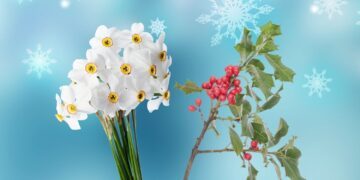
20 Facts About Narcissuses & Hollies, December’s Birth Flowers
All parts of the narcissus flower are toxic to humans and animals, as they contain a compound called lycorine.
Plants and trees are an important part to any ecosystem in the world. Not only does their photosynthesis help provide fresh oxygen for the rest of us, but they’re also a visually pleasing aspect of any landscape!
Check out our facts about these green beauties here.

All parts of the narcissus flower are toxic to humans and animals, as they contain a compound called lycorine.
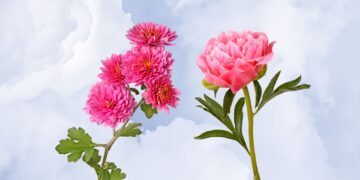
For over 2000 years, peonies have been used in traditional Chinese medicine to treat conditions like blood disorders or parasites.

Marigolds are an integral part of Mexico’s Day of the Dead festival as they're believed to guide spirits with their bright colors.

The name "Aster" is derived from the Ancient Greek word for "star," highlighting the flower's star-shaped bloom.
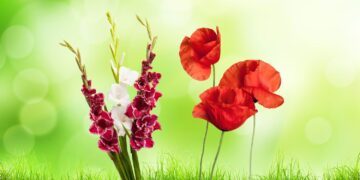
Poppies became an international symbol of remembrance as they grew on many WWI battlefields, notably in Flanders, France.
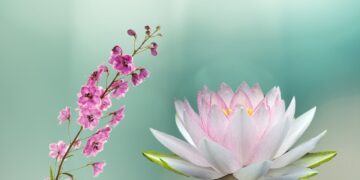
Larkspur petals are said to resemble the claws of a meadowlark or the spurs on a knight's boots, which inspires their unique name.

Roses are one of the most famous Valentine’s Day gifts. An estimated third of flowers sold on Valentine’s Day are roses.

Did you know that based on fossil records, oxygen-producing green algae is at least 1 billion years old?

Kate Middleton, the Princess of Wales, carried lily of the valley as part of her bridal bouquet at her wedding in 2011.

Over 20,000 species of Daisy have been identified. These come in a variety of colors, including pink, yellow, white, and blue.

When Pharaoh Ramses II of Ancient Egypt was buried, daffodil bulbs were used to cover each of his eyes.
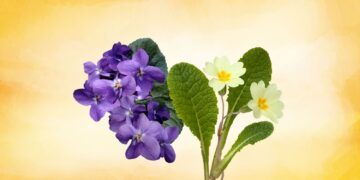
The same compound responsible for Violets' fragrance, ionone, also temporarily blocks your ability to smell them.